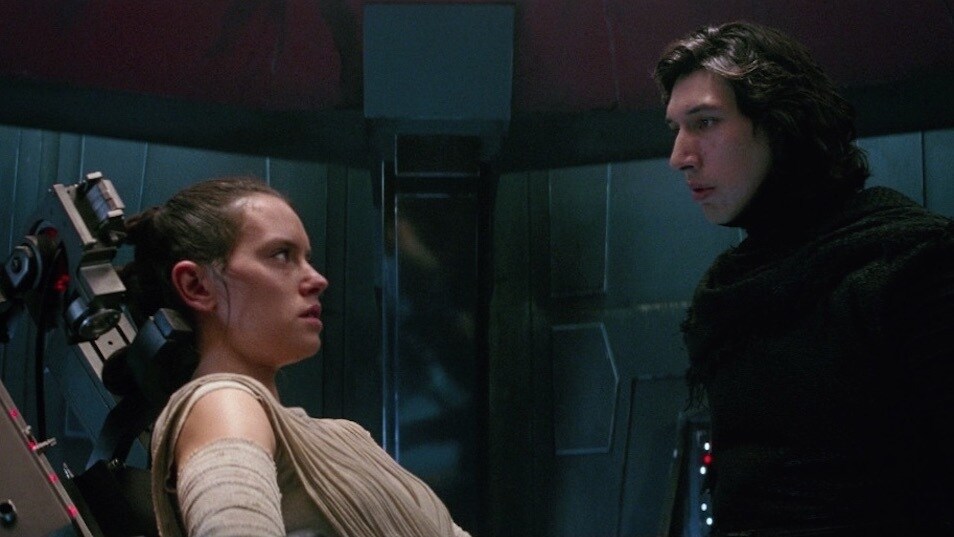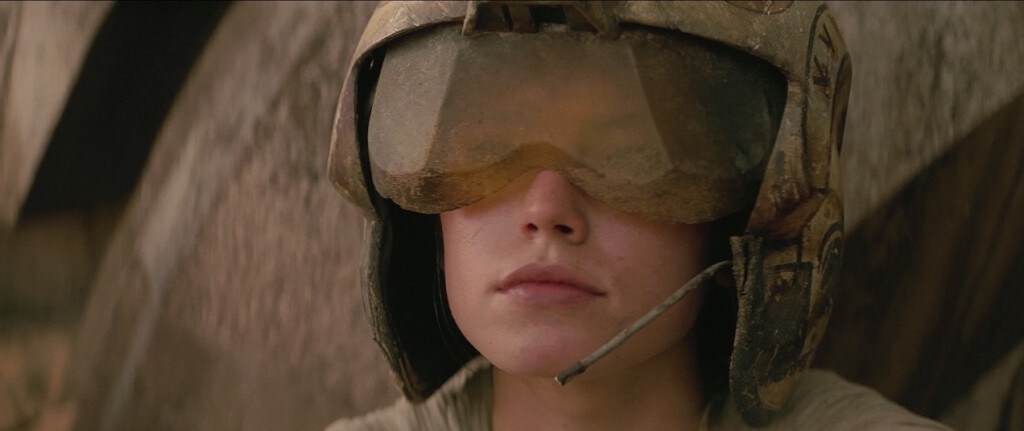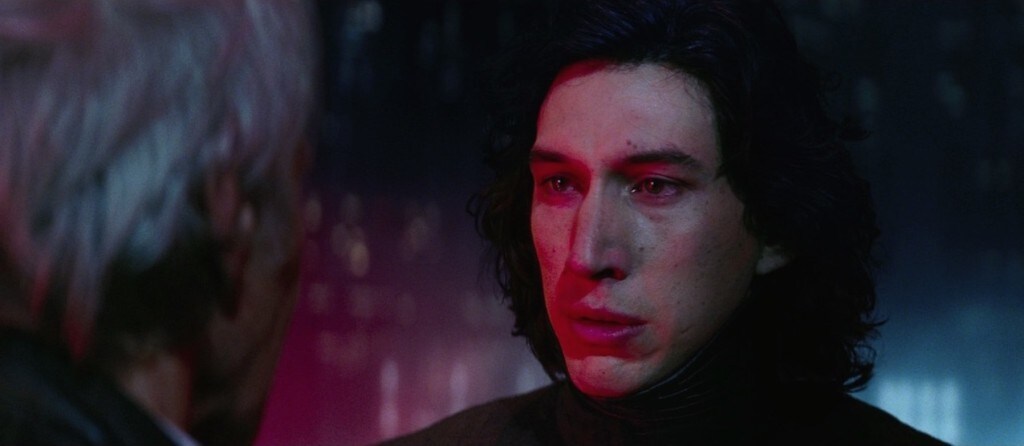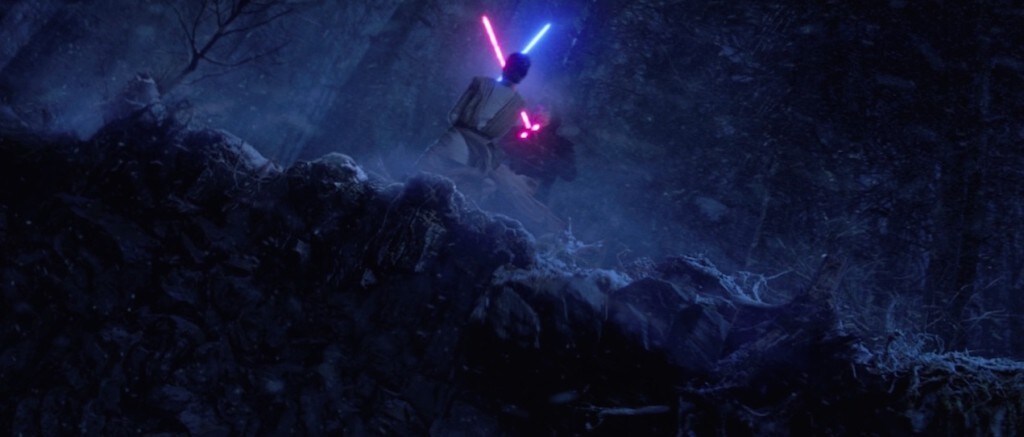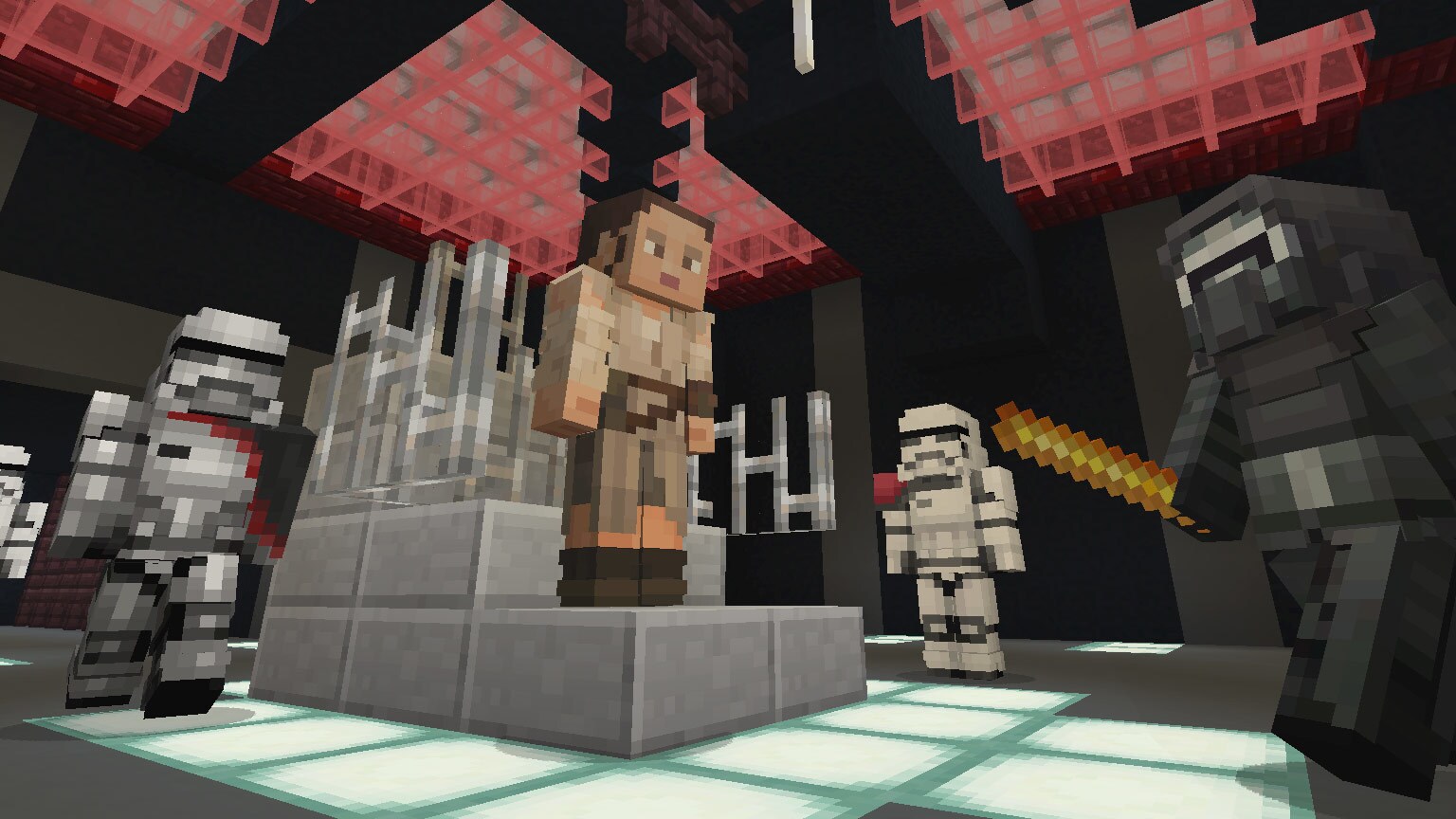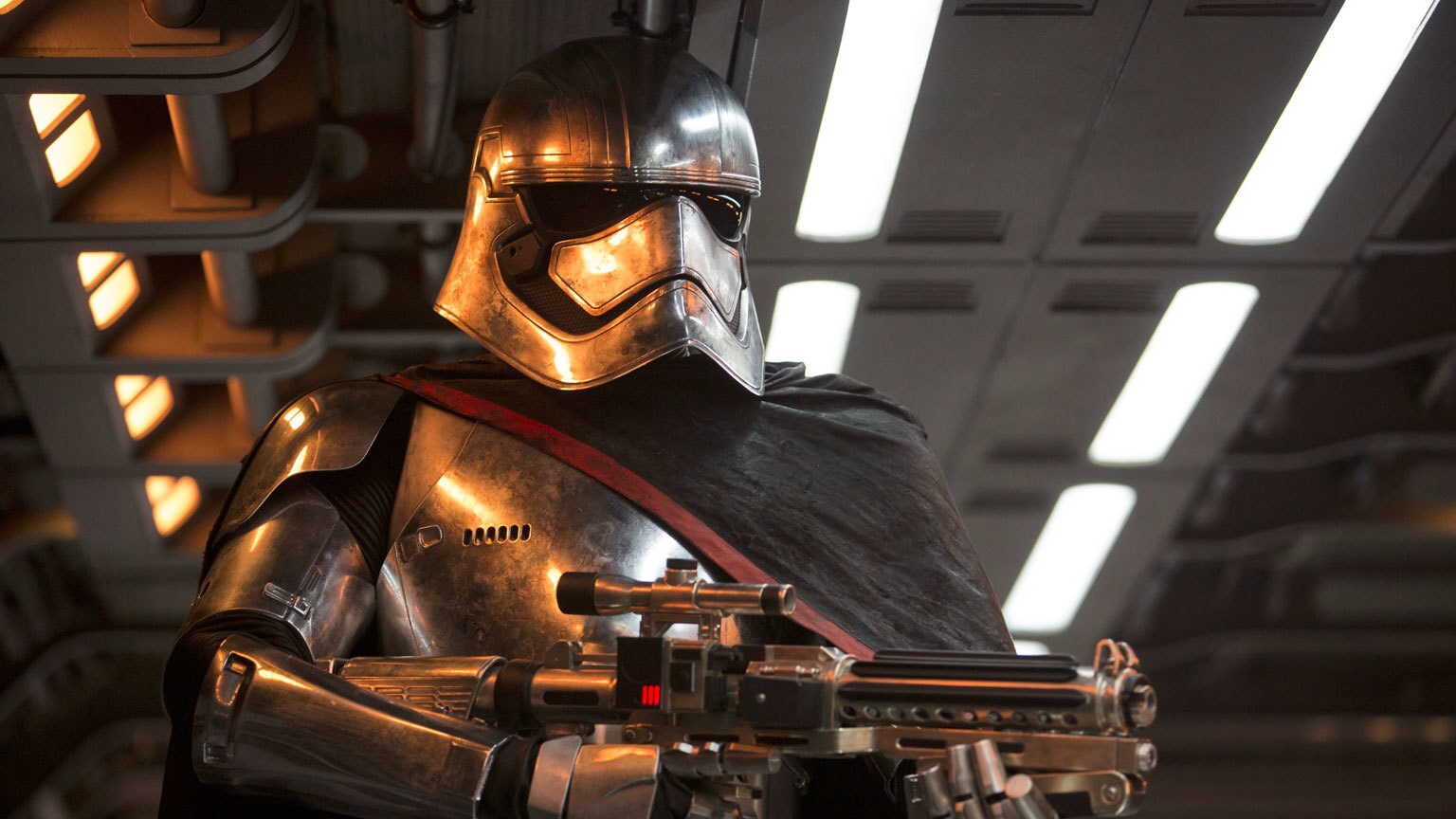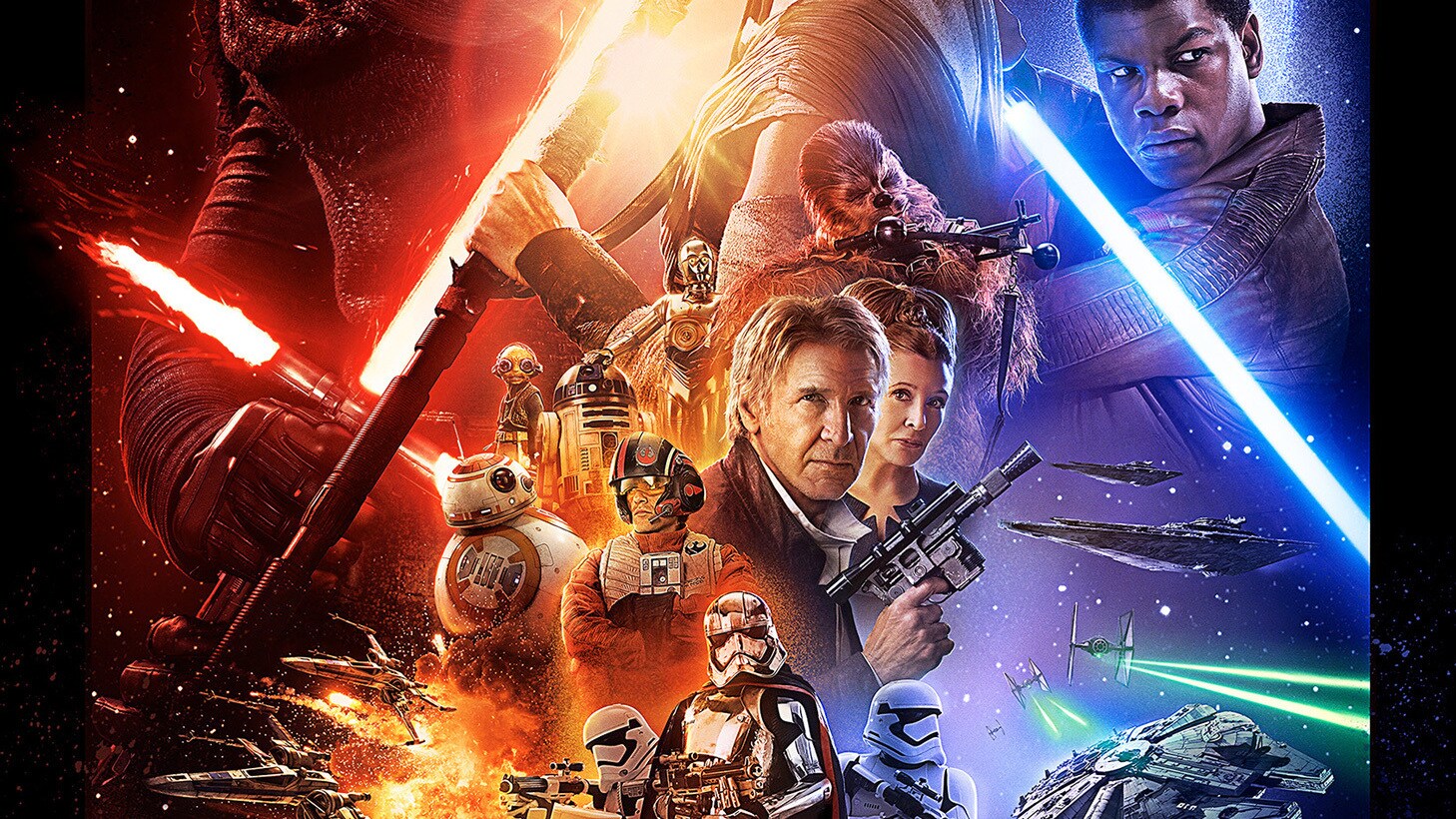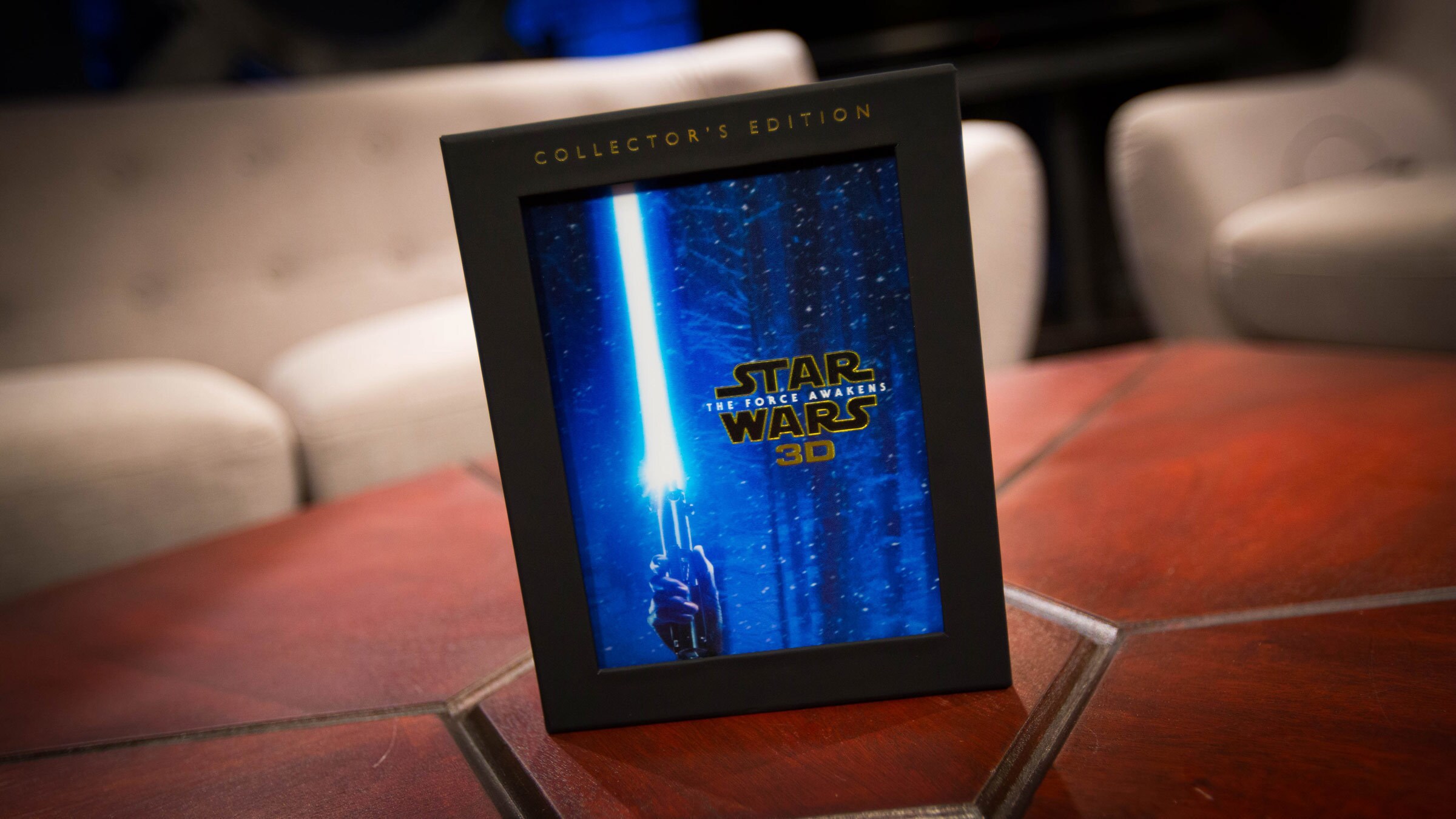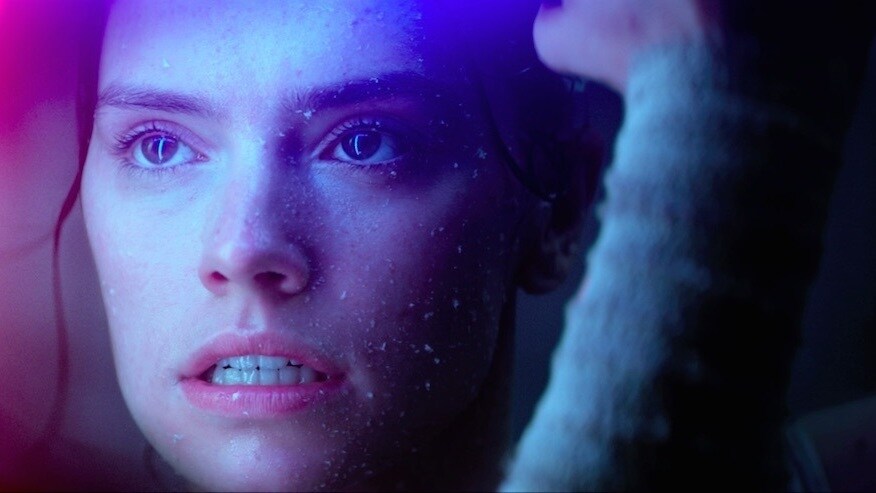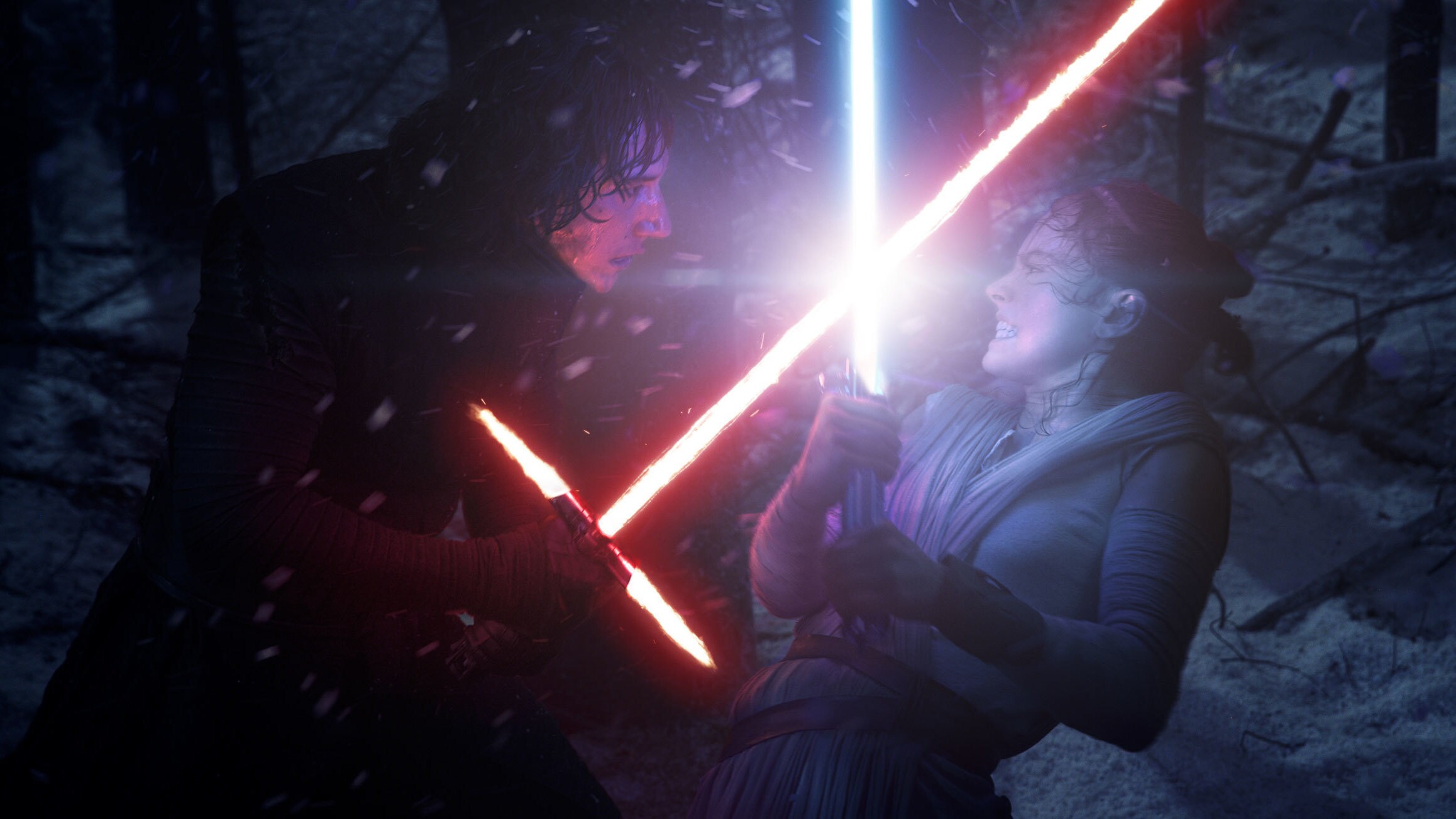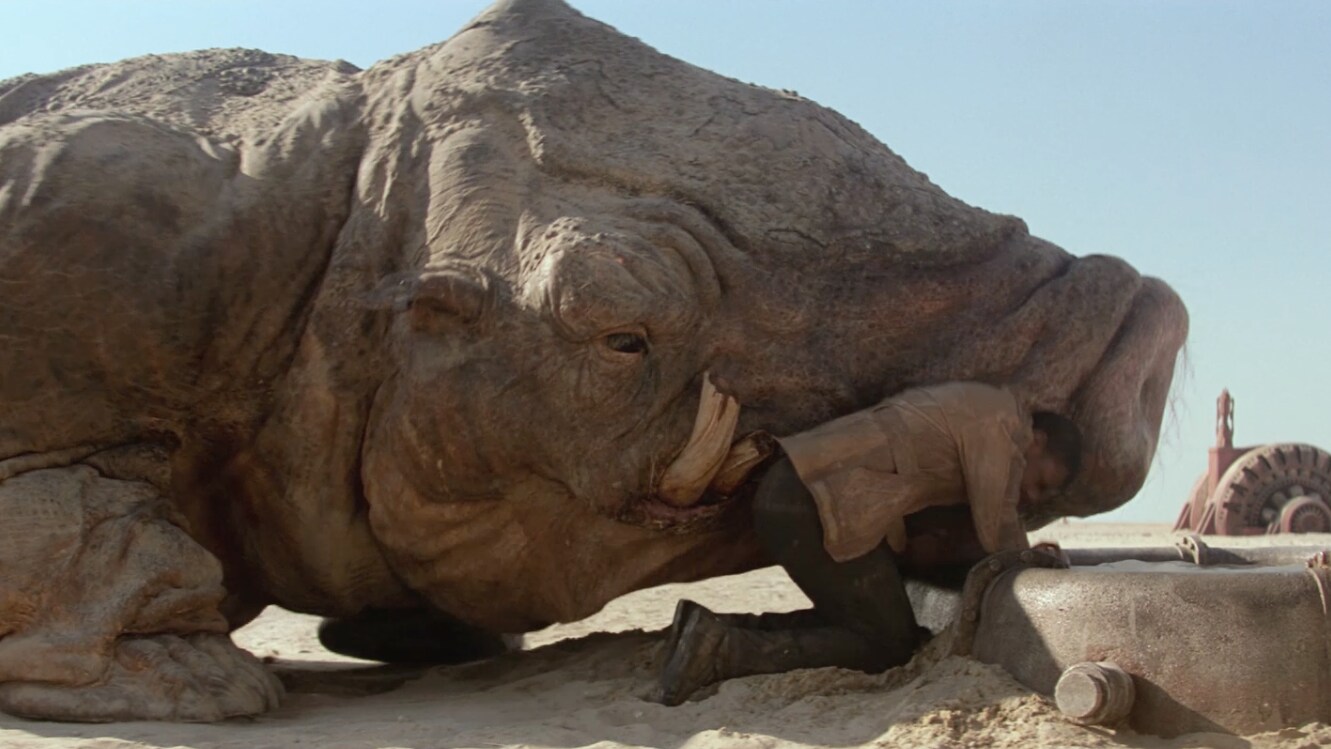Studying Skywalkers is an exclusive column that investigates the characters, themes, and lessons of Star Wars from an educational, literary perspective. In part two of our look at identity in Star Wars: The Force Awakens, StarWars.com examines Rey and Kylo Ren.
In part one of examining identity in The Force Awakens, we looked at Finn, and what his internal conflict does to further our understanding of him as a character. While his journey is not complete, the latest addition to the mythology of Star Wars begins to unravel who he is, who he wants to be, and looks at the obstacles that may impede his growth along the way. However, he is not the only character to examine his or her identity in this film. A burgeoning Jedi and the leader of the Knights of Ren are both compelling in their own right, and deserve further exploration. StarWars.com continues to examine identity in The Force Awakens in part two, with the newest representatives of the light and dark side of the Force, Rey and Kylo Ren.
It is on Jakku where we meet Rey, the scavenger and burgeoning Jedi, who is equally on a quest to find a new identity for herself. Seemly stranded and alone, she waits for her family to return, and survives by finding old relics of the battle between the Rebellion and the Empire in the heart of a Super Star Destroyer. In a beautiful and poignant scene, she sits at the foot of an abandoned AT-AT. Metaphorically, the old relic symbolizes Rey’s unfamiliarity with what has come before in the galaxy, and even provides her shelter from the past, as well as the sands of Jakku. This formerly hulking brute cannot harm her, as it is from the past. Once she abandons hope of the past returning to relevance in her life, she can look to the future.
This glimpse into the future is previewed as she looks through the helmet and lens of a Rebel pilot, found near the AT-AT. She removes the helmet of the past, tosses it aside, and sees with her own eyes into the future, in the form of a newly captured BB-8. Rey adamantly seeks to free BB-8, and this prescient act ushers in an awakening of her own identity, as the two meet Finn, and destinies are forever altered. It is when she travels to the planet Takodana, however, where the metaphor is advanced in even more intriguing ways.
In a pivotal scene, Maz Kanata tells Rey, “The belonging you seek is not behind you. It is ahead.” The double meaning here is poignant: the belonging mentioned is not an item, but a sense of self. Rey’s growth is stagnant as long as she looks for belonging in the past. Once she realizes she must let go, and move forward, then her self-actualization will come a step closer to fruition.
Perhaps no character struggles more with their identity than Kylo Ren, the enigmatic dark side wielder who desperately seeks to remove any light from his sense of self. He vehemently looks to eliminate the influence of his father, Han Solo, and ironically, is still a slave to his surrogate father, Supreme Leader Snoke. He is a perfect contrast to his grandfather, Anakin Skywalker, who, through his one personal struggle, sought to remove darkness. While mostly untested in the ways of the Force, Rey senses this, as she bravely tells Kylo Ren that he is afraid he will not be as powerful as Darth Vader. This scene helps to morph both characters’ journeys into a new direction.
This chills Kylo to the core, as his greatest fear is exposed. He wants to identify himself as a fearsome opponent, and while he is, his greatest opponent is himself. He later decides he must literally stab his father through in order to eliminate his perceived weakness. This only happens when all of the light from the sun leaves the chamber, and the son of Solo commits patricide in order to find himself. The ramifications of this are yet to be determined.
The climax of The Force Awakens punctuates this with incredible detail. After defeating Finn in a brutal lightsaber duel, Kylo Ren calls out to the Force to grab Luke’s lightsaber, only to see the weapon hurtle past him, and into the hand of Rey. This triumphant moment encapsulates the power of Rey, escalates the self-doubt of Kylo, and signifies a new era in Star Wars. When Starkiller Base is about to be destroyed, light on each character’s face reflects the inner sense of self, and the chasm of earth between them signifies that for Rey, while there is darkness in the world, she choses to separate, and embrace light. For Kylo Ren, he is separated from his former self. The galaxy hangs in the balance.
One of the more powerful motifs in The Force Awakens is identity; Finn, Rey, and Kylo Ren all seek to discover who they were, who they are, and who they want to be. This literary device helps us to learn more about each character, and to begin to identify where they fit in the Star Wars universe. All three characters must face different shades of light and darkness, in order to discern their place in the galaxy. This journey of self-discovery lights a path of understanding for Star Wars fans as well.
Dan Zehr is a high school English teacher with an MS in Teaching and Learning, and runs Coffee With Kenobi (with co-host Cory Clubb), a Star Wars Podcast that analyzes the saga through critical thinking, analysis, interviews, and discussion. He is also a member of the Rogues (as Blue Leader), a network of teachers that incorporate Star Wars in the Classroom.




